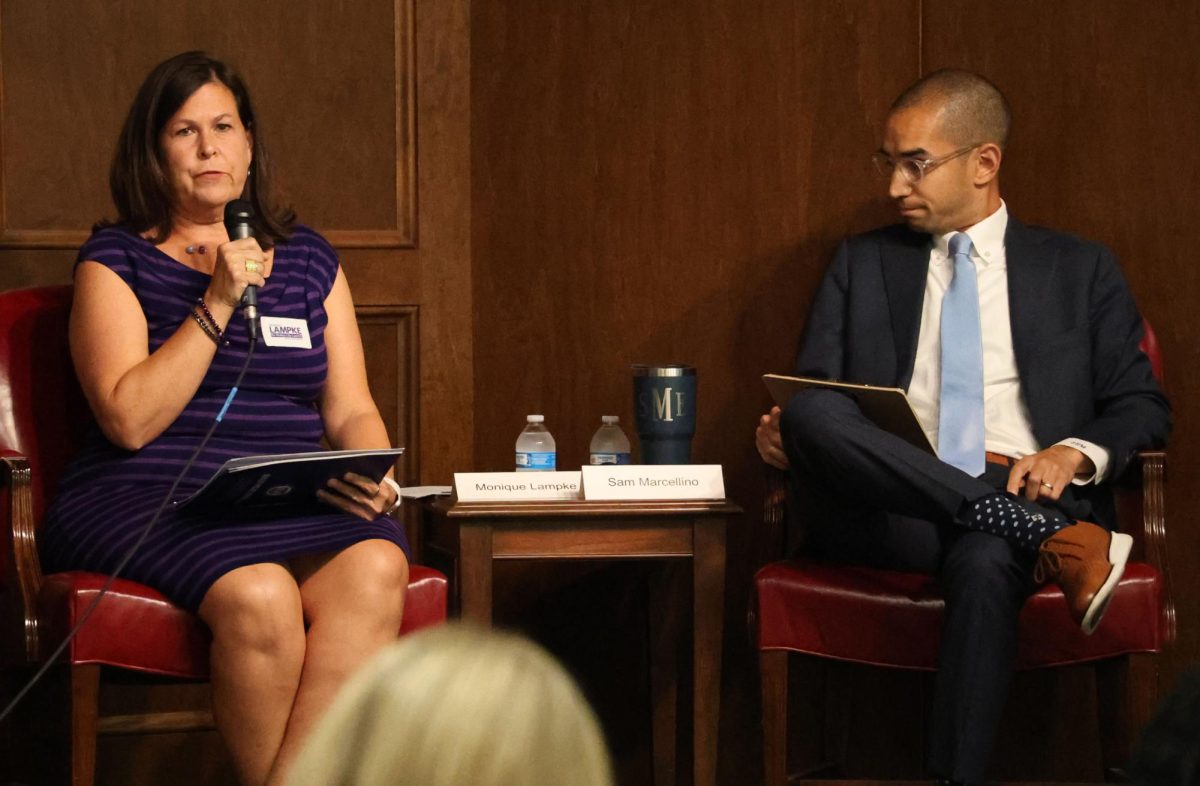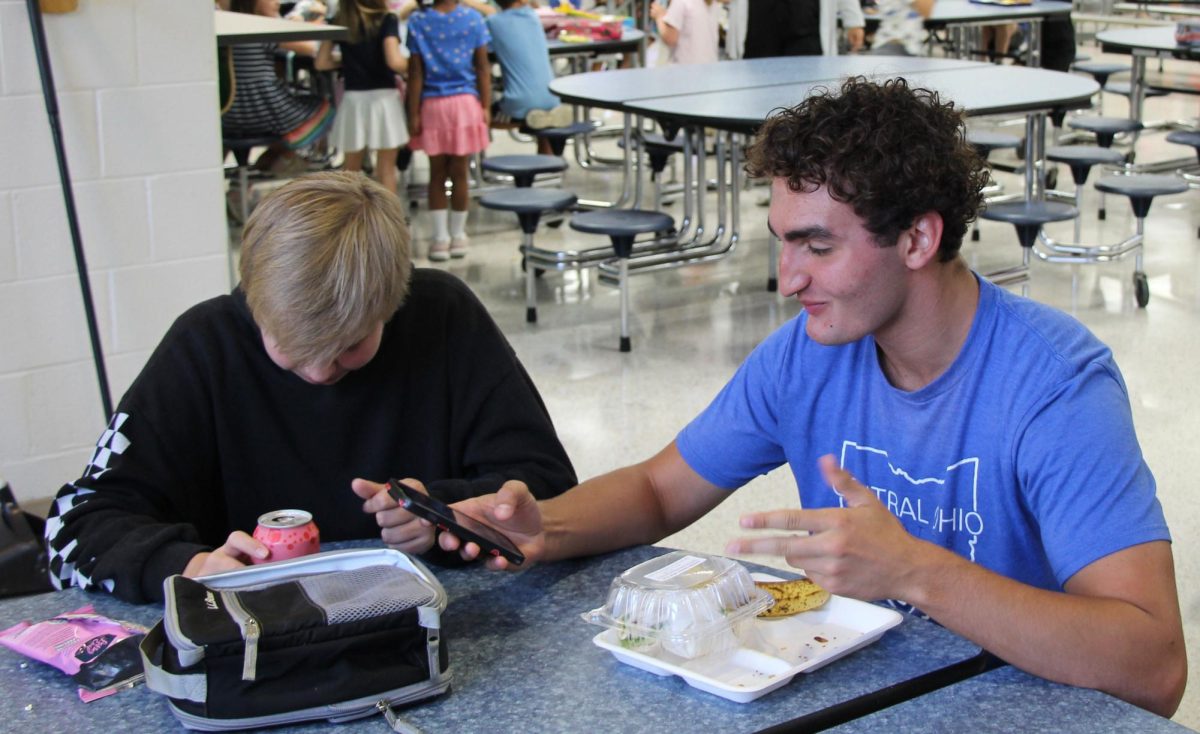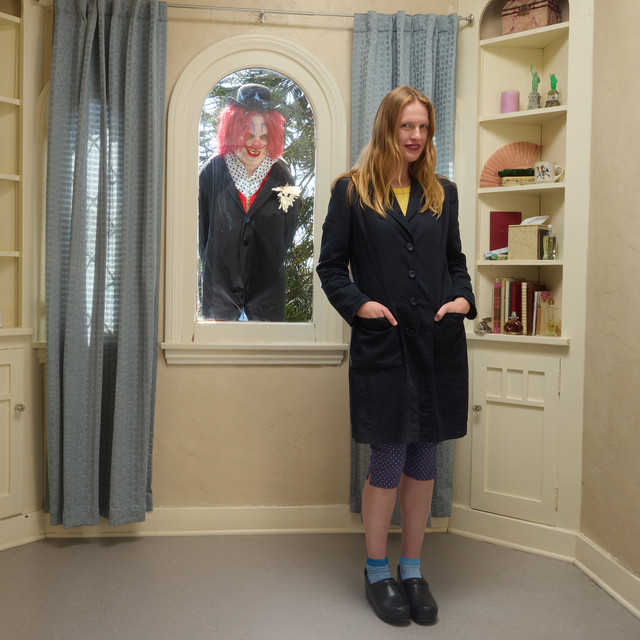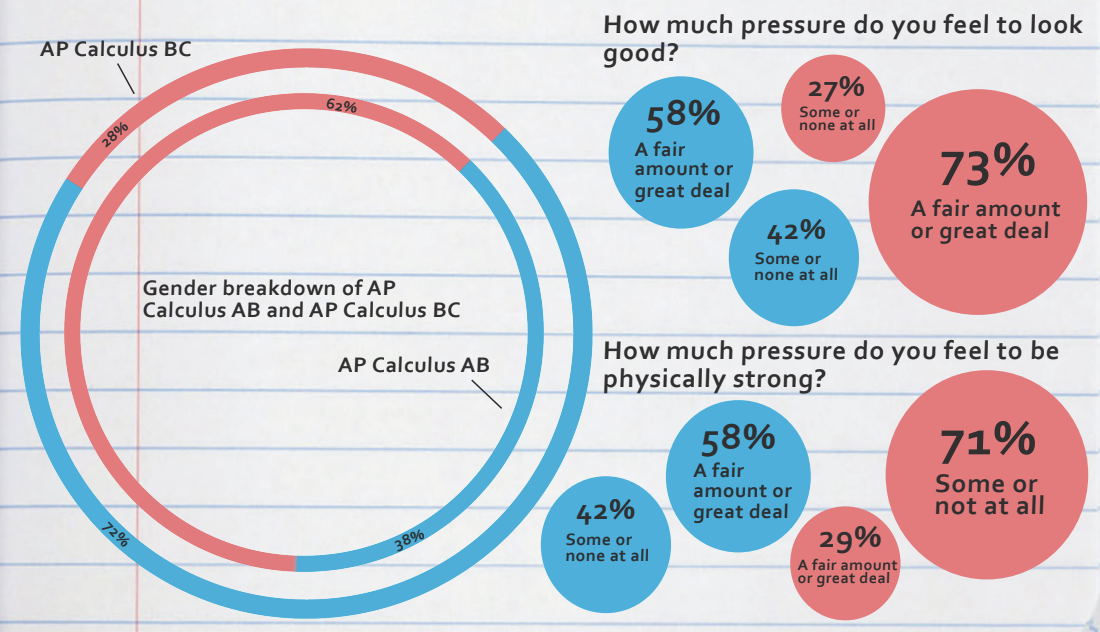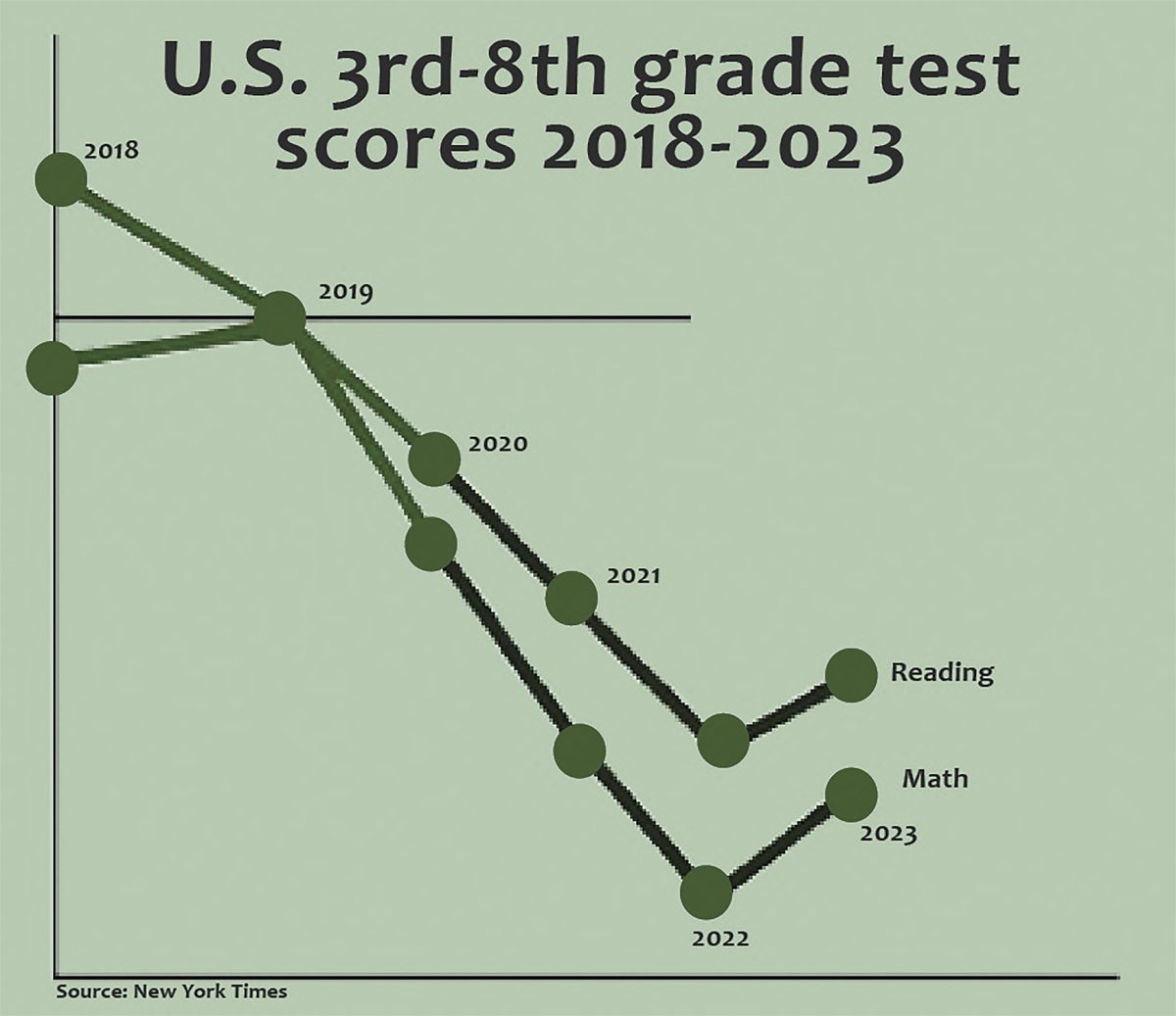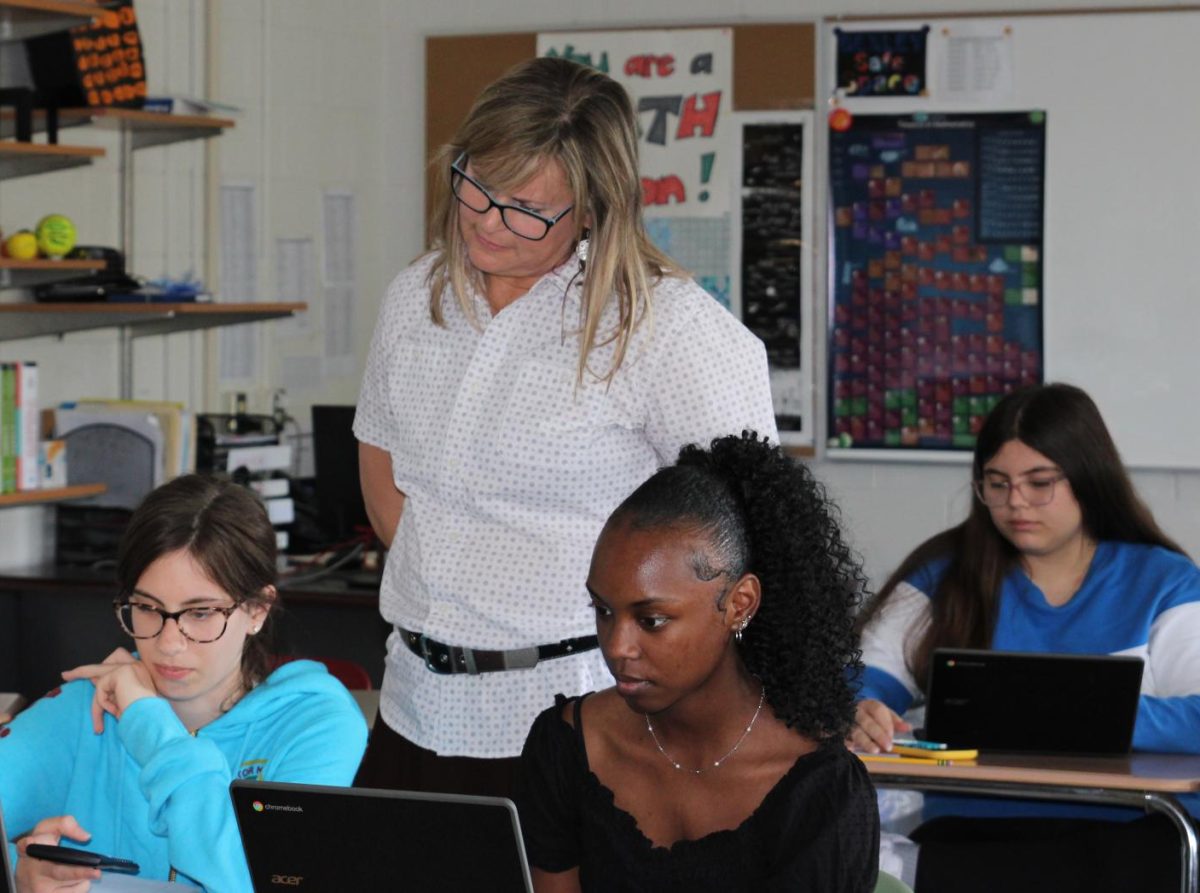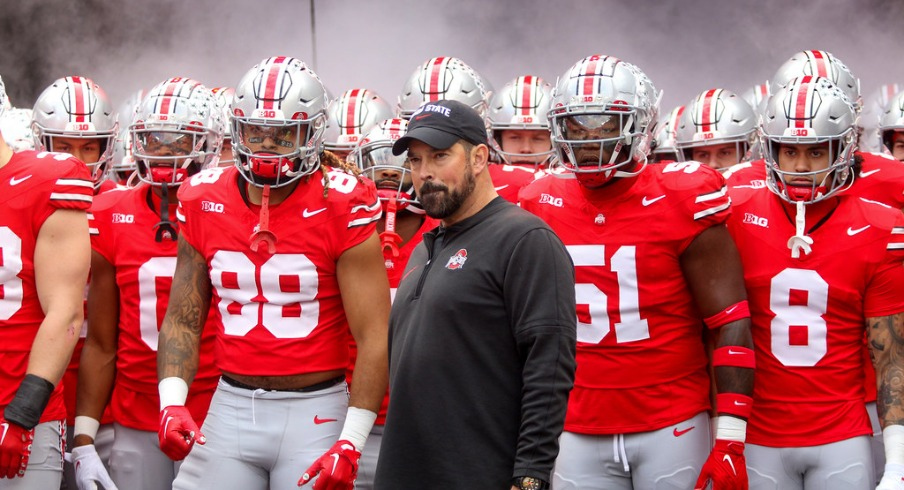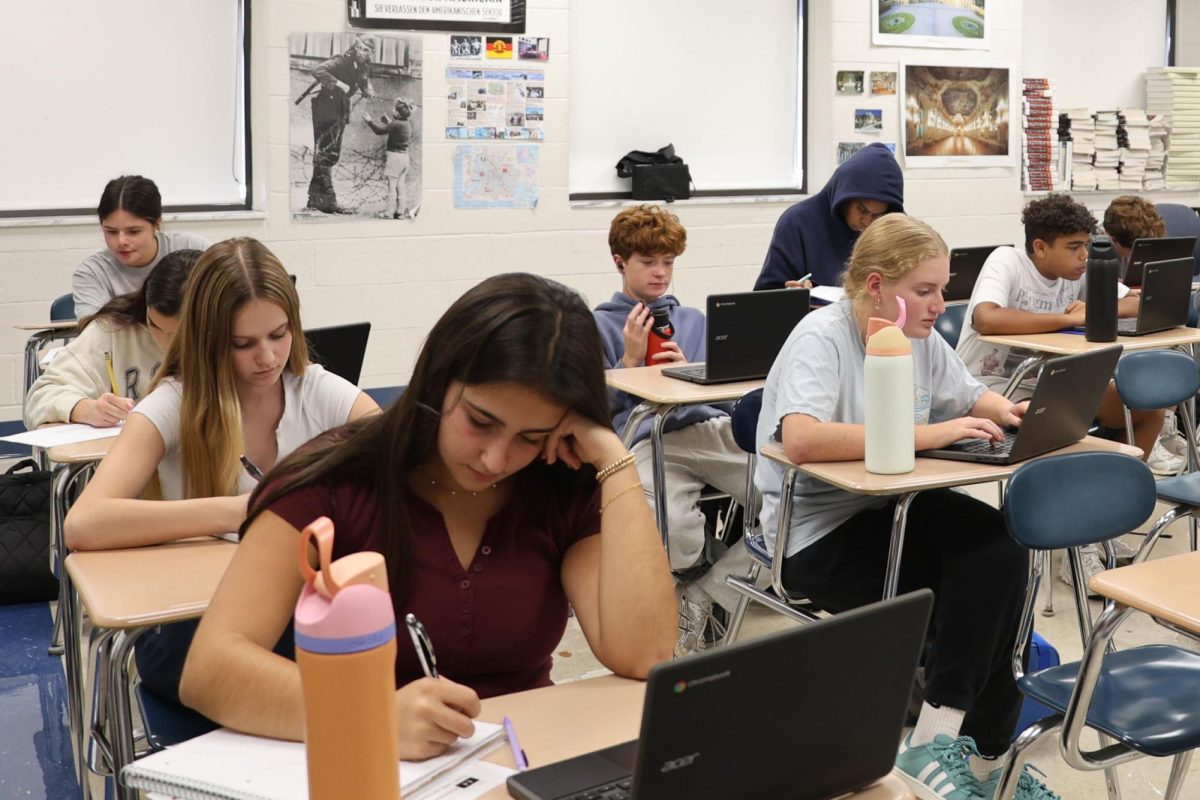The high school and middle school will be shifting to a new bell schedule beginning in the 2022-23 school year.
This change, announced March 31, sets school to begin five minutes later at 8:35 a.m. for the high school and middle school. Classes will be 48 minutes long, and there will be five minutes between classes rather than the current six-minute passing period.
Additionally, lunch for the high school will be after third period from 11:17 a.m. to 12:06 p.m., instead of 12:01 p.m. to 12:52 p.m. The high school and middle school will both be dismissed at 3:30 p.m.
High school classes that extend into lunch will be shifted to third and fourth period, Principal Kristin Robbins said.
She added that the change was made in part due to concerns about students having enough time to eat lunch in the cafeteria. These concerns, especially for Cassingham Elementary School, worsened with COVID-19, Robbins said.
Many elementary students began eating lunch in classrooms due to COVID-19, she explained, and supervision of these students was becoming an issue since teachers were needed in each classroom, preventing them from being able to oversee all the students in the cafeteria instead.
“The lunch issue has bubbled up a few times since I’ve been here, but we’ve never actually pulled the trigger to make a change,” Robbins said.
With the new schedule, Cassingham Elementary will have three separate 20-minute lunch slots, allowing elementary students to sit and eat at a table for longer, Robbins said.
Food Service Director Julianna Carvi said that elementary students’ lunch needs were a priority.
“All the elementary kids eating lunch, sitting at a table in a cafeteria…that was the problem we were trying to solve,” Carvi said.
With the current schedule, elementary students are sometimes only seated at a table for 10 minutes, Robbins said. She explained that the new schedule aims to allow all elementary students to eat in the cafeteria next year, rather than in classrooms.
The high school’s lunch time was shifted to reduce the amount of time the middle school lunch period overlapped with the elementary lunch period due to the loud noise this combination yields, Robbins added.
Aligning the middle school and high school schedules, she said, will be additionally beneficial to those shared staff members who must travel between multiple schools throughout the day.
Discussions about the bell schedule change began at the district level in early March with Robbins, former Deputy Superintendent Jill Abraham, middle school Principal Jason Caudill and Cassingham Principal Jeannine Hetzler, Robbins said.
“It’s a collaboration between all three buildings and administrators, and then making sure when we finish with the schedule that it fits our priorities,’’ Robbins noted.
Because the music department has several shared staff members, she explained, they were consulted first. Then, the proposed schedule was brought to the department chairs.
Director of Choirs and fine arts department chair Amy Blosser said that Robbins checked with the department heads for any major issues, but the instructional chairs were not involved in a final decision.
Abraham and Superintendent Jason Fine, Robbins said, made the final decisions for schedule adjustments, and the Board of Education did not need to approve the change to the bell schedule.
Even though Blosser said that she understands the benefits this change has for elementary students, she added that she is concerned about high school students’ energy levels later in the day because of the shift to having four classes in the afternoon.
However, she believes five minutes between classes will be enough for students to get to class on time.
Junior Jillian Savage said that she has concerns about the shorter passing periods.
“Those six minutes in between classes are really the only brain breaks that we get throughout the day besides lunch,” Savage said.
Robbins reiterated that the main reason for this shift was to give all students enough time to eat in the cafeteria.
“That’s where the conversation began…how we have an equitable distribution of time in the cafeteria for elementary and then secondary, how we get middle school and high school more on the same schedule,” Robbins said.


